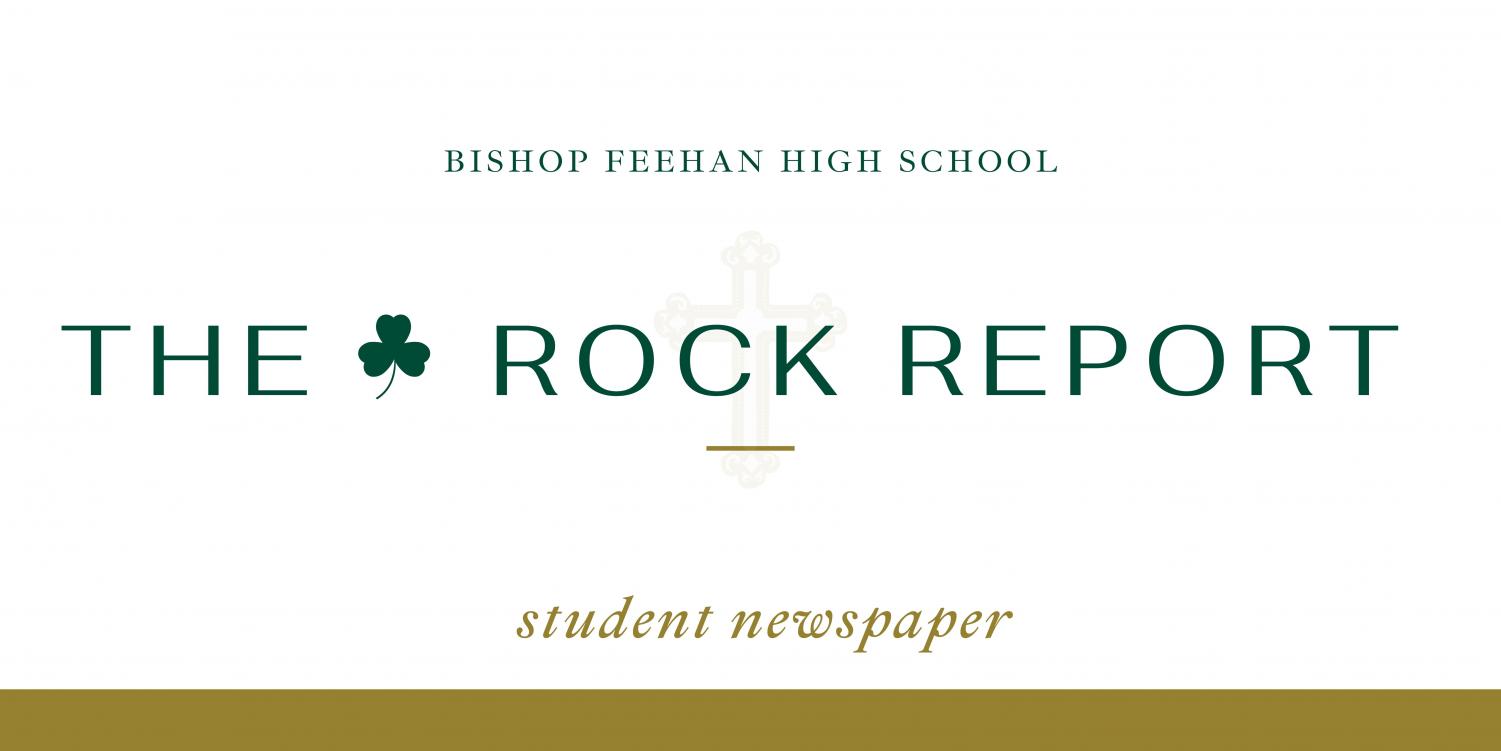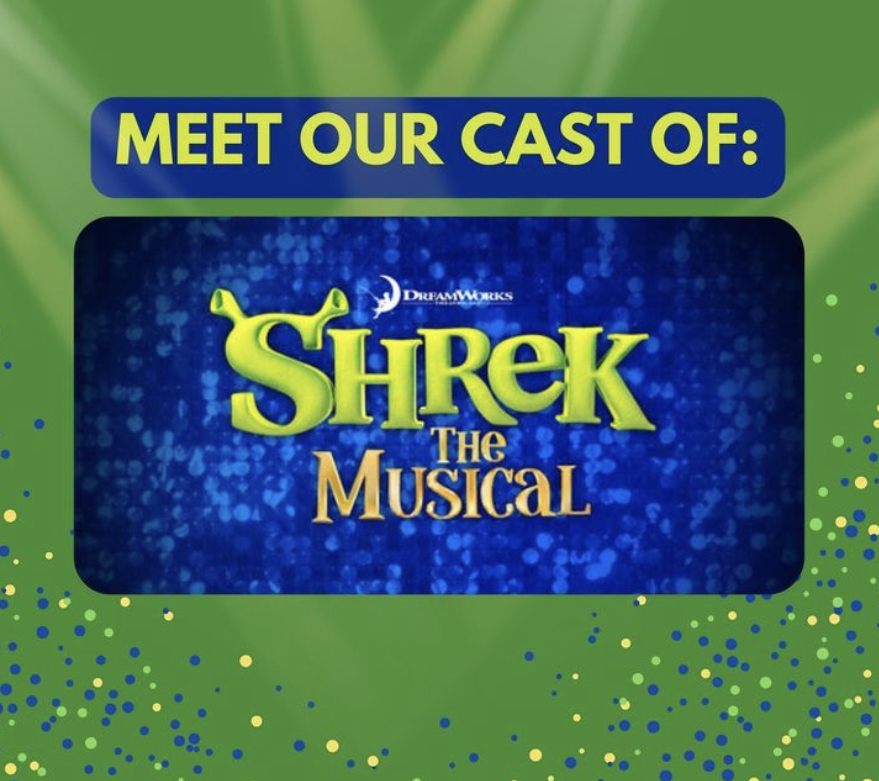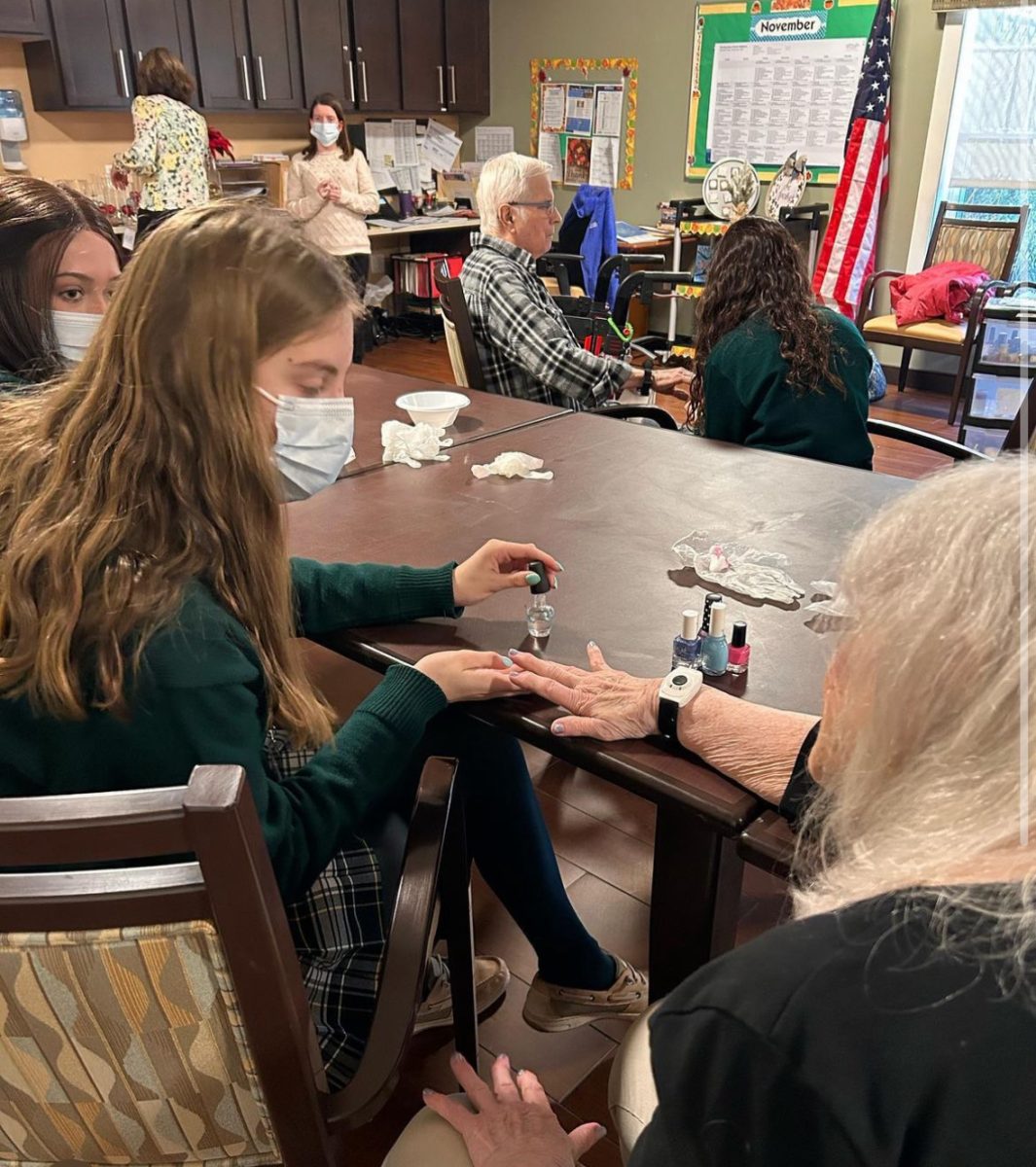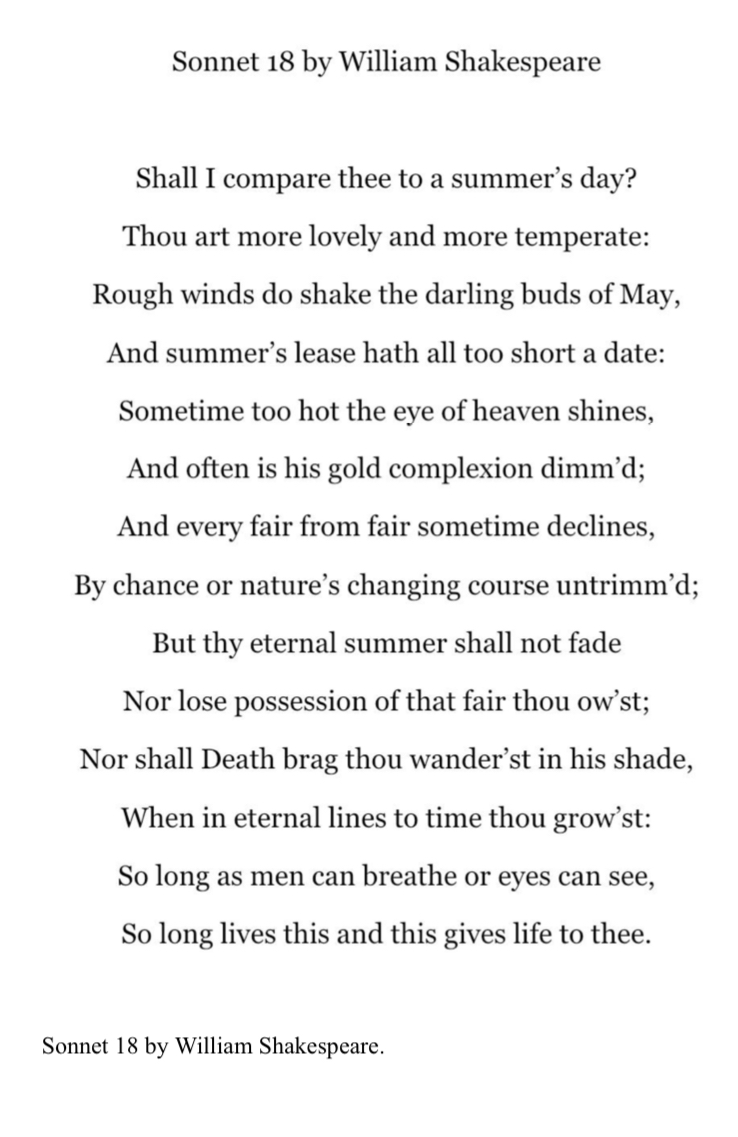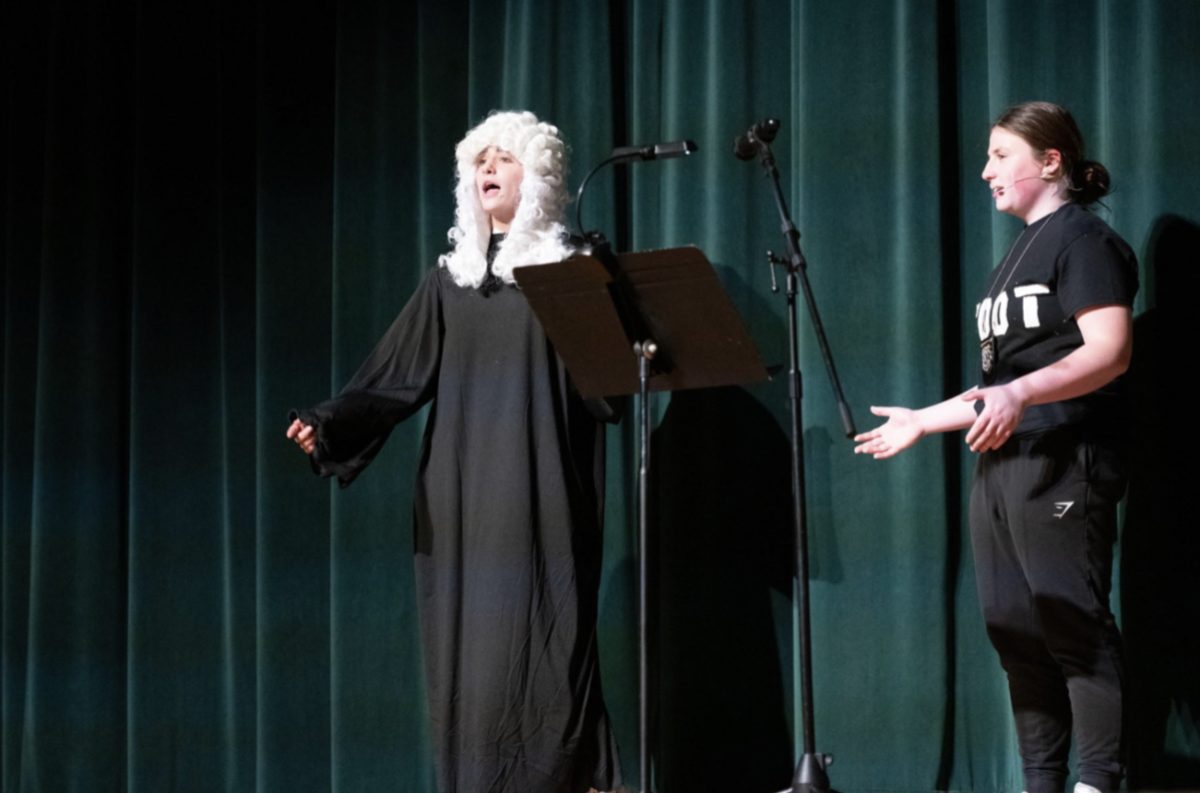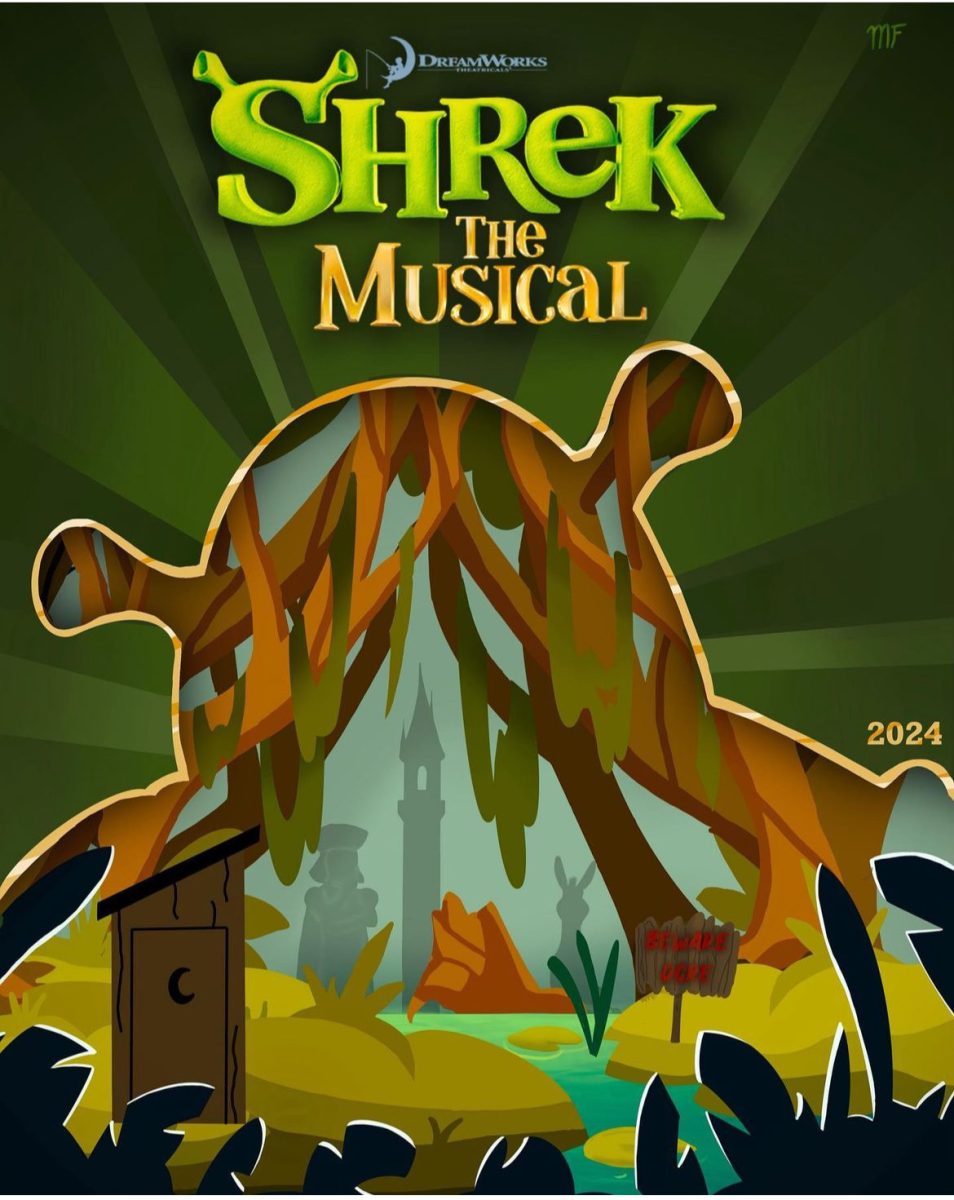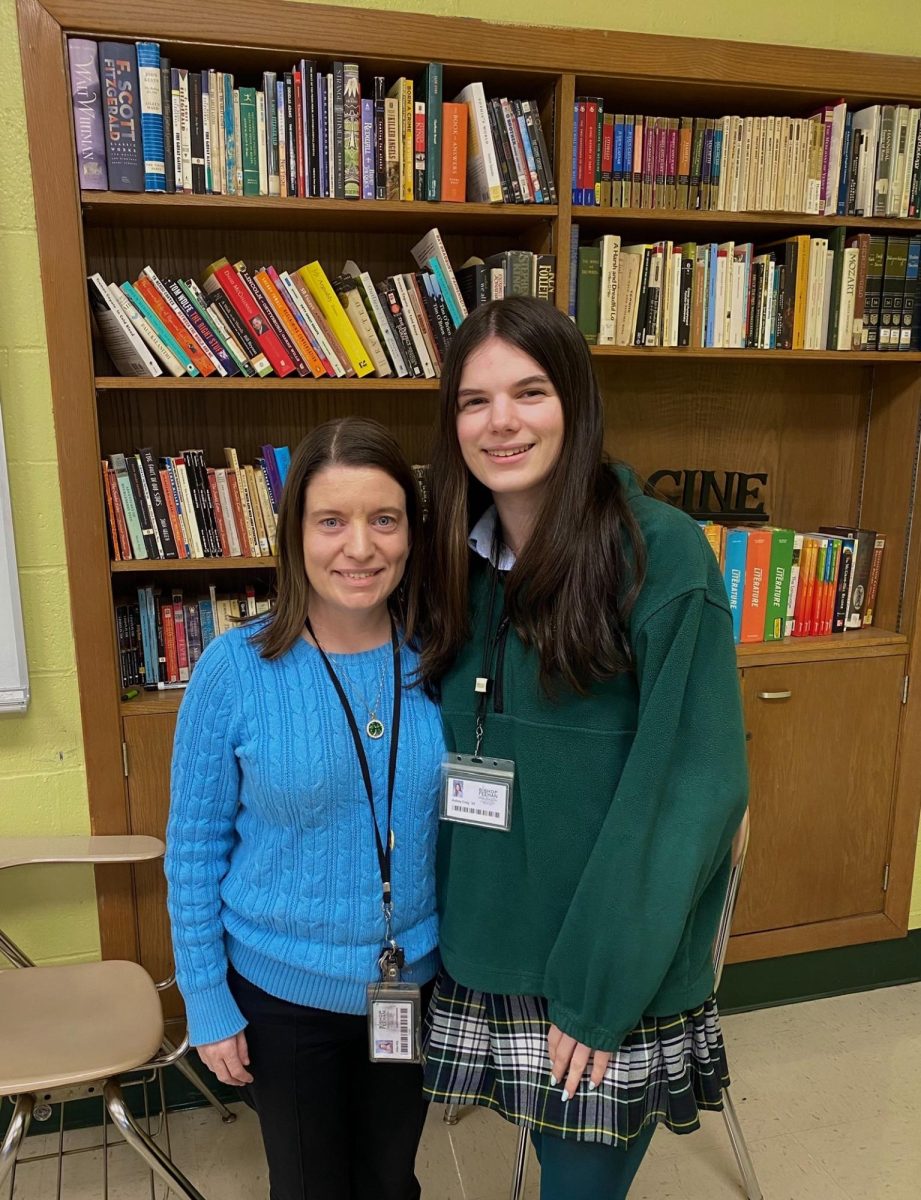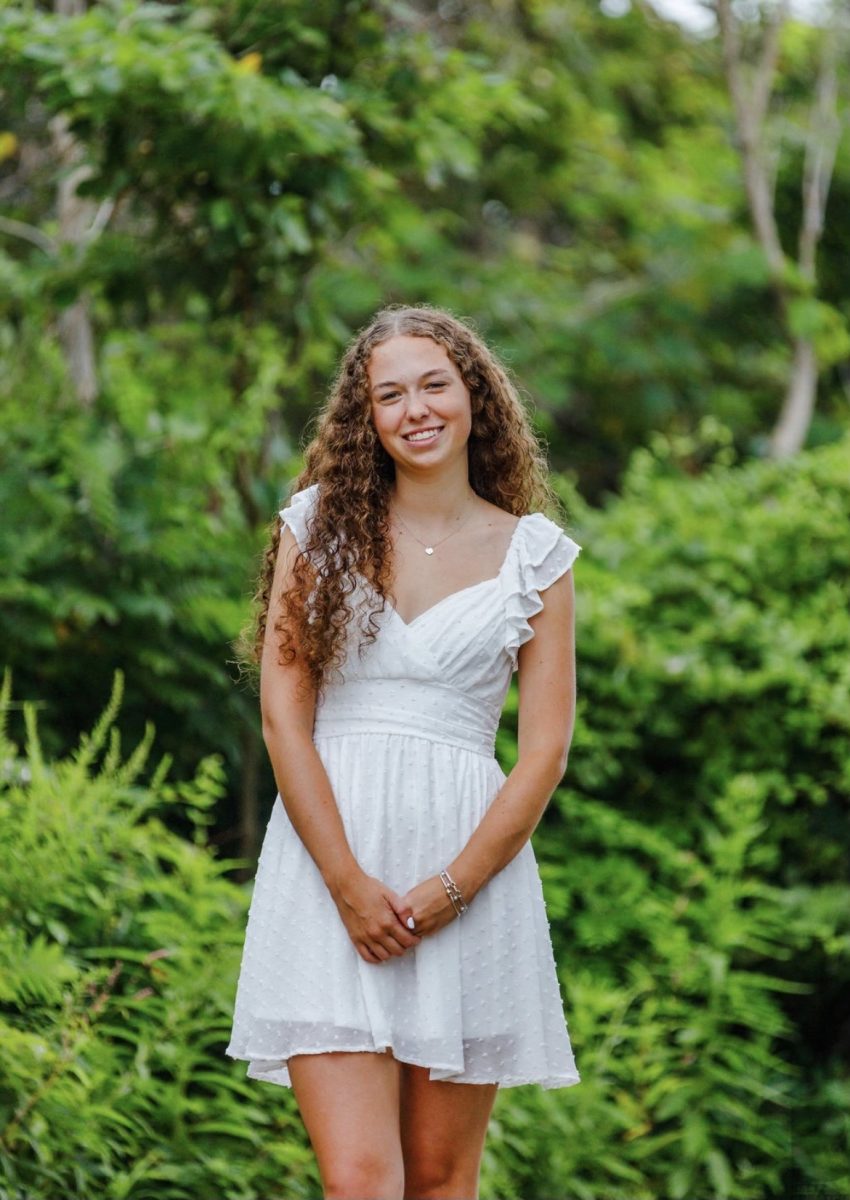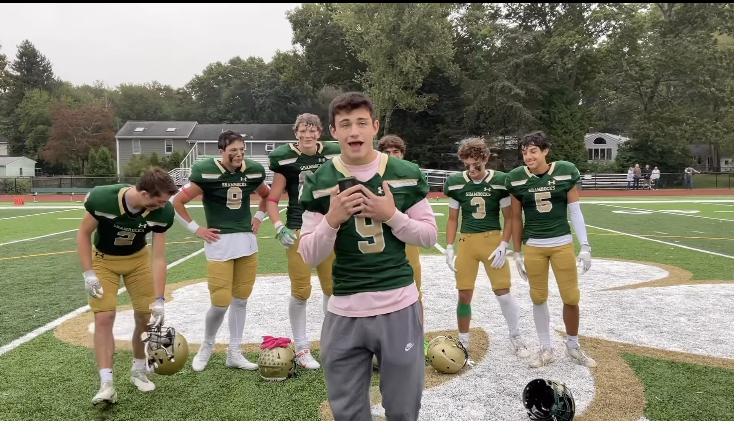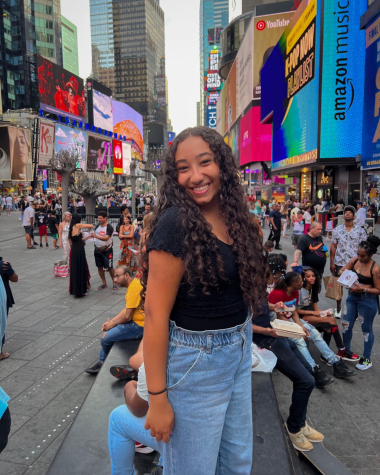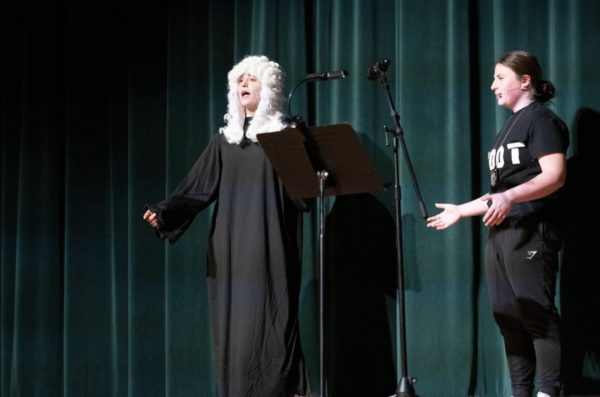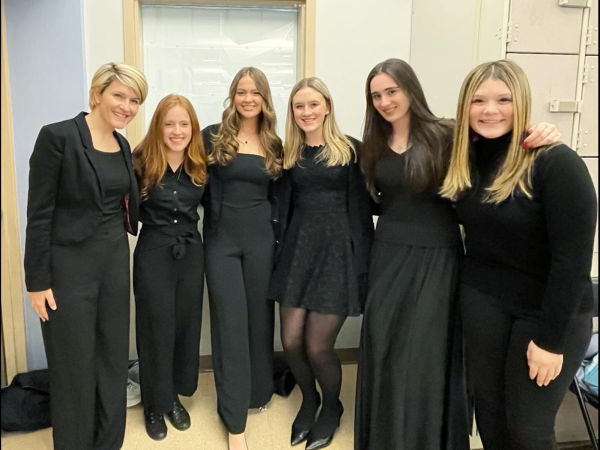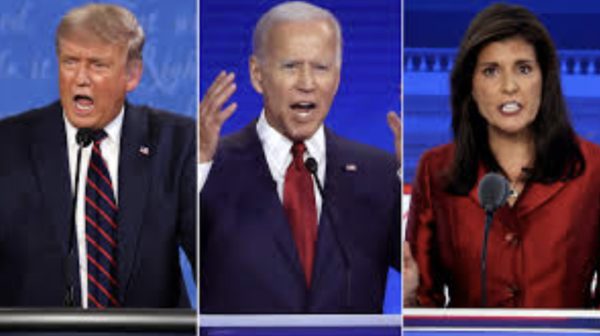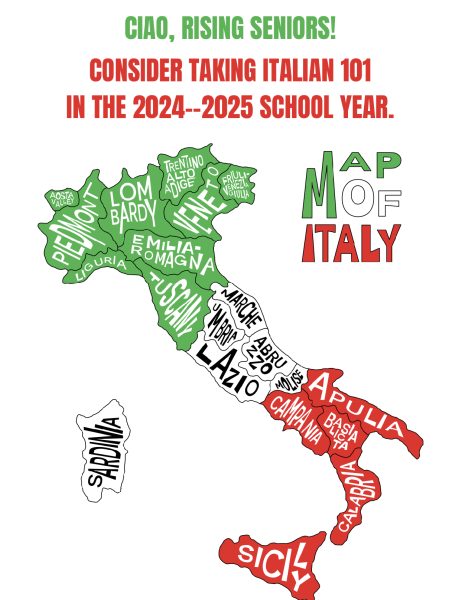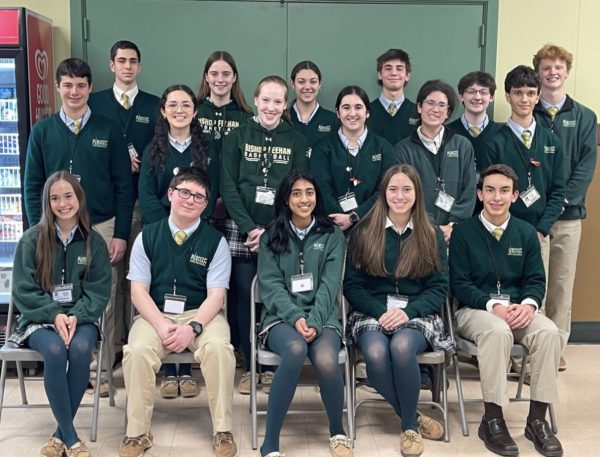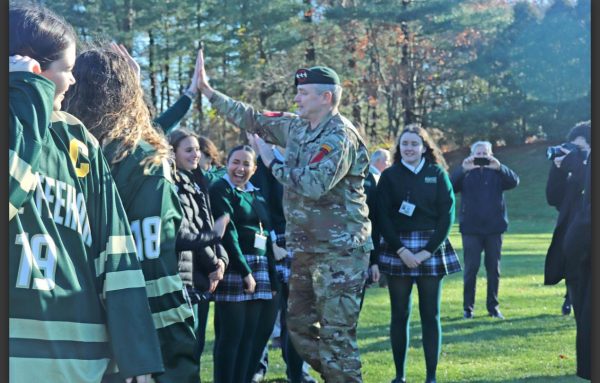Addressing Past Injustice and Pain While Continuing to Work Toward a Feehan for All
March 3, 2022
February is known to be the shortest month of the year, yet it does not fall short for its meaning or how it should be recognized, as Black History Month; however, February was not officially recognized as Black history month until 1976, only 44 years ago. Only ten years prior to that, an image was put in a Feehan yearbook, that 34 years later would impact a whole community— an image of students posing for a school presentation based on a research project about the Ku Klux Klan, dressed in white hoods and robes as a part of a school project. This came to some of our student body as a complete shock, not just because of how an image like this was seen as appropriate to post in the yearbook, but how as one fellow student Saray Montoya-Rosales put it, “Bishop Feehan stands for sanctity, sportsmanship, and scholarship, yet these core values were not shown in that image.” — Saray Montoya-Rosales
“Some may think this does not relate to our school now because it was a few decades ago or others may say it does not affect them emotionally or did not trigger them just because it did not affect their race but that cannot disregard how it triggered others.” No matter your race, something like this reflects on the school, which is why many students were glad that it was addressed to the school community. In a meeting for the human rights club, Michelle Langelier brought up that this group “not only targeted people of color, but also Roman Catholics, which makes up a lot of the Feehan community.”
Another student, Giovani Cadet had even stated “I cannot hide my disappointment and how slightly betrayed I was by it.” Most students cannot believe how something like this could have been normalized back then. So many steps were taken for this picture to be put in the yearbook and published, yet no one prevented it. Much disappointment circulated, regarding how society back then was ignorant compared to now. Many clubs at school as well as classrooms have been addressing this issue, for example, theology and health classes, and the human rights club. In near every room stepped in, this topic is being spoken of, many students very passionate to speak their mind.
Additionally, most students spoken to are hopeful that we can continue to raise awareness about topics that do affect the different races at our school to include everyone in conversation to be educated. This goes to show how important communication is in any and every situation.
